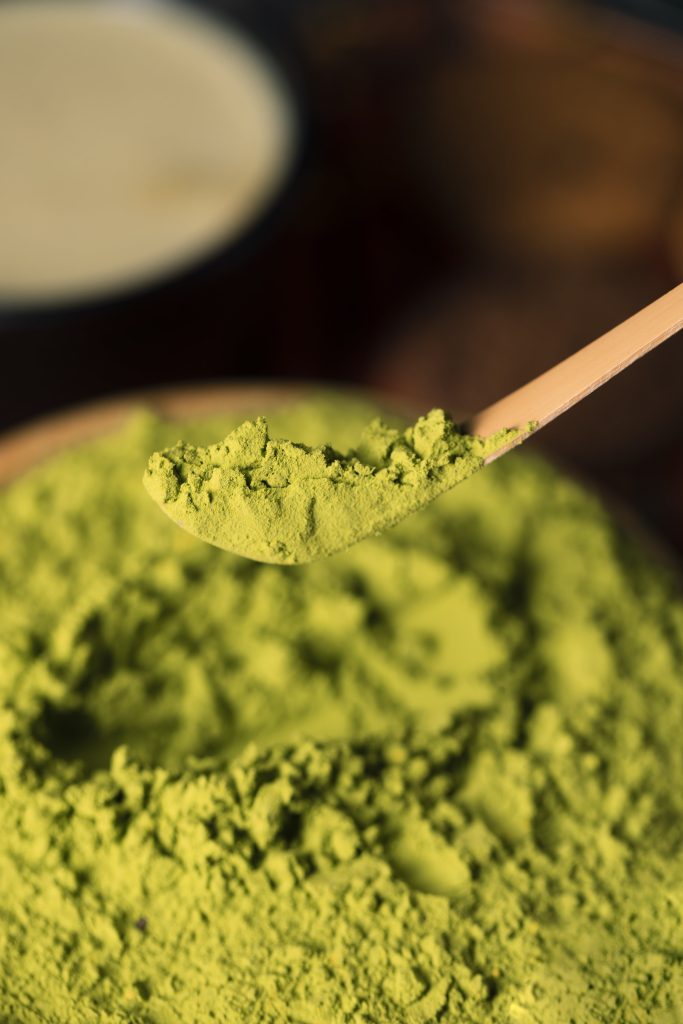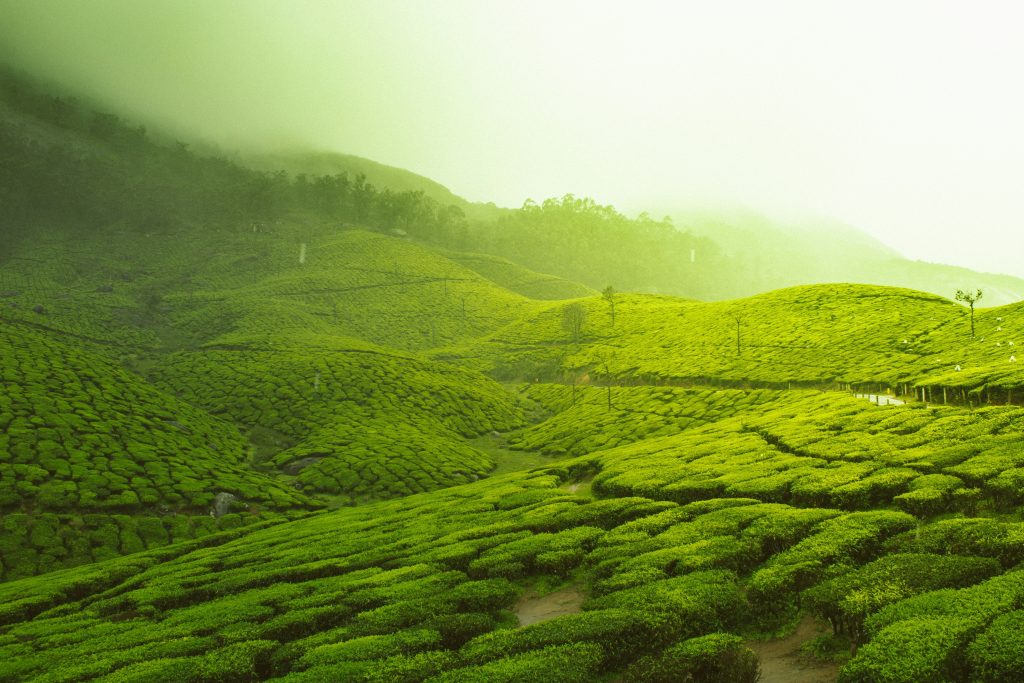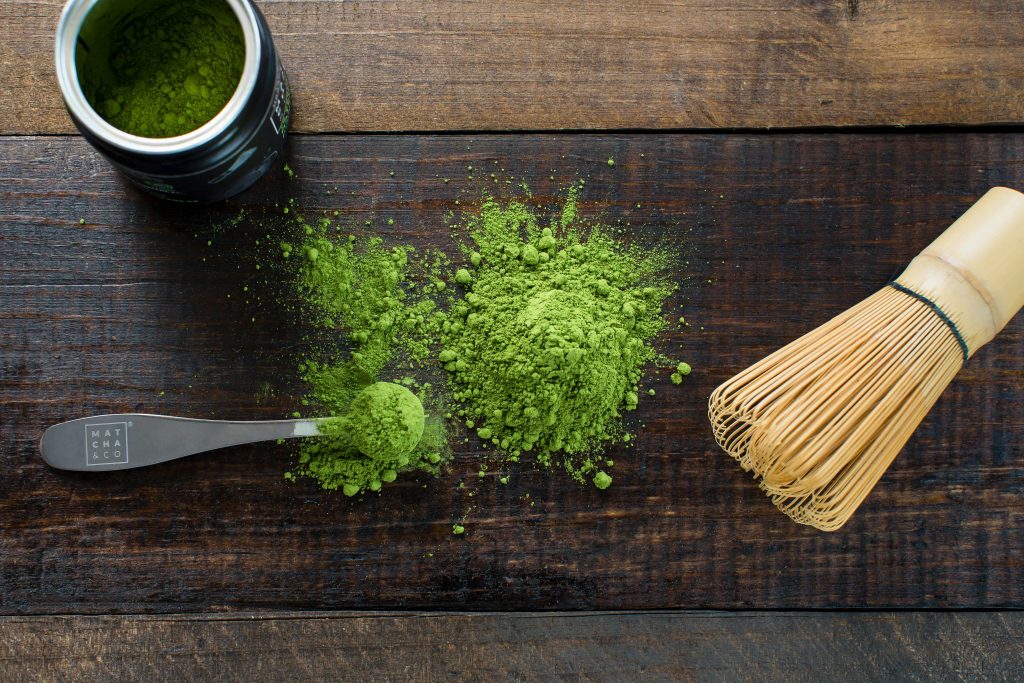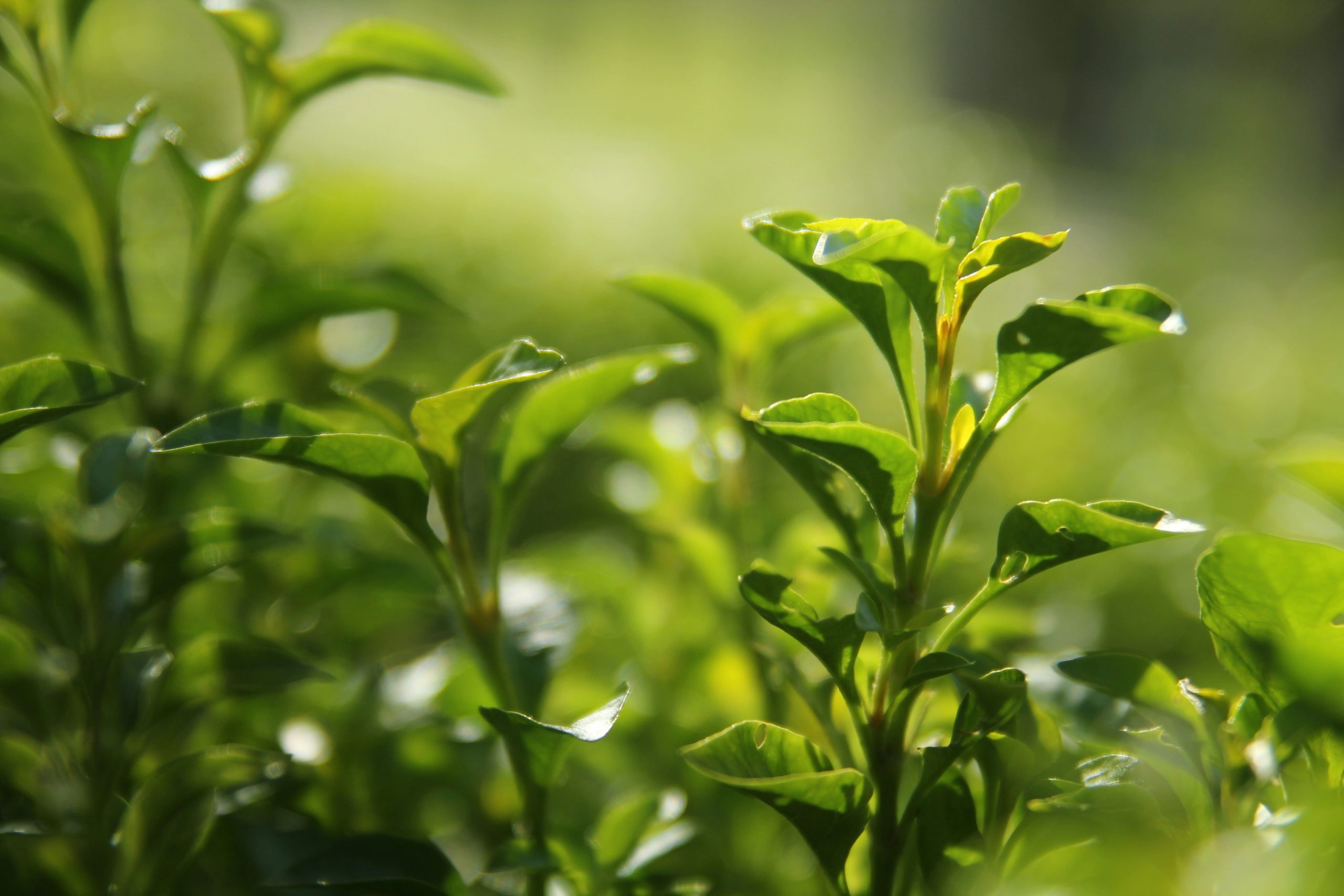Why Quality Matters in Matcha
Matcha has gained global popularity, not just as a tea but as a wellness staple. However, not all matcha is created equal. The difference between high-quality and low-quality matcha is crucial for taste and health benefits. For those embracing Nordic wellness ideals, choosing authentic matcha aligns with the philosophy of mindfulness, simplicity, and balance. But how can you tell if your matcha is truly premium? Let’s dive into the key factors that define high-quality matcha and how tradition plays a role in its excellence.
What Defines High-Quality Matcha?
Not sure whether the matcha you’re buying is the best choice? Look for these essential markers of quality:
- Color: Premium matcha boasts a vibrant, deep green hue, indicating freshness and high chlorophyll content. If the powder appears yellowish or dull, it may be low-quality or oxidized.
- Texture: A fine, smooth, silky texture is a key indicator of high-quality matcha. If your matcha feels grainy or coarse, it may be poorly processed.
- Taste: Authentic matcha should have a balanced umami flavor, subtle sweetness, and minimal bitterness. Inferior matcha can taste harsh or overly grassy.
- Origin: The best matcha comes from Japan, particularly Kyoto, Uji, and Nishio—regions with centuries of expertise in tea cultivation. Always check the source of your matcha.


The Tradition Behind Premium Matcha
Unlike regular green tea, matcha undergoes a unique cultivation and processing method that preserves its exceptional quality.
Shade-Grown Process:
Premium matcha leaves are covered weeks before harvest to boost chlorophyll and amino acids, giving matcha its distinct rich color and smooth taste.
Hand-Picked & Stone-Ground:
Traditional Japanese methods use hand-picked leaves and stone grinding, ensuring a fine, delicate powder without losing nutrients or aroma.

How to Identify and Buy Authentic Matcha
Finding high-quality matcha can be tricky, but here’s how to spot the real deal:
Check for “Ceremonial-Grade” Labels:
This matcha is intended for drinking and has the finest quality. Avoid lower-grade matcha meant for culinary use if you’re making tea.
Organic vs. Non-Organic:
Organic matcha is free from pesticides, but Japanese matcha is naturally cultivated with strict quality controls—so non-organic varieties can also be premium.
Japanese-Grown vs. Global Brands:
Always check country of origin—Japan has centuries of experience, while some international brands may lack authenticity
Finding the Perfect Matcha for You
Choosing high-quality matcha means embracing both tradition and superior craftsmanship. By understanding the cultivation process, recognizing key quality markers, and selecting authentic Japanese matcha, you ensure a pure and flavorful tea experience.


Leave a Reply